The use of Eucalyptus bark for canoe construction is associated with Indigenous Australian cultures, particularly those in southeastern Australia and this tree, near Currency Creek south of Adelaide still bearing the scar of having had bark removed, is a prime example of this tradition boat building method.
The practice of making boats from tree bark dates back thousands of years and represents a significant example of Indigenous ingenuity and adaptation to local resources.
Traditionally, these canoes were made by carefully removing large sheets of bark from Eucalyptus trees, typically species like the River Red Gum (Eucalyptus camaldulensis). The bark was harvested during the warmer months when it was more pliable and easier to work with. After removal, the bark was shaped using fire and water, then tied at the ends to create a simple yet effective watercraft.
These canoes, known as “nawi” in some Aboriginal languages, were primarily used for fishing, transportation along rivers and coastal areas, and gathering aquatic plants. They were lightweight, making them easy to carry between waterways, and their construction required minimal tools.
The arrival of European settlers in Australia in the late 18th century led to significant changes in Indigenous lifestyles and practices. As European watercraft became more prevalent, the use of traditional bark canoes declined. However, the knowledge and techniques for their construction have been preserved through oral traditions and cultural revival efforts.
Today, the creation of Eucalyptus bark canoes is practiced as a way to maintain connection to traditional culture and share Indigenous knowledge. Some museums and cultural centers in Australia showcase these canoes, helping to educate the public about this important aspect of Aboriginal maritime history.

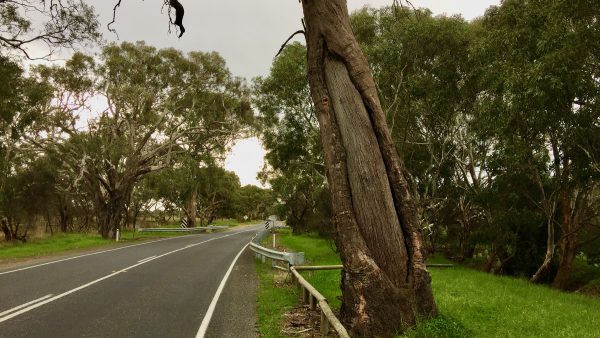


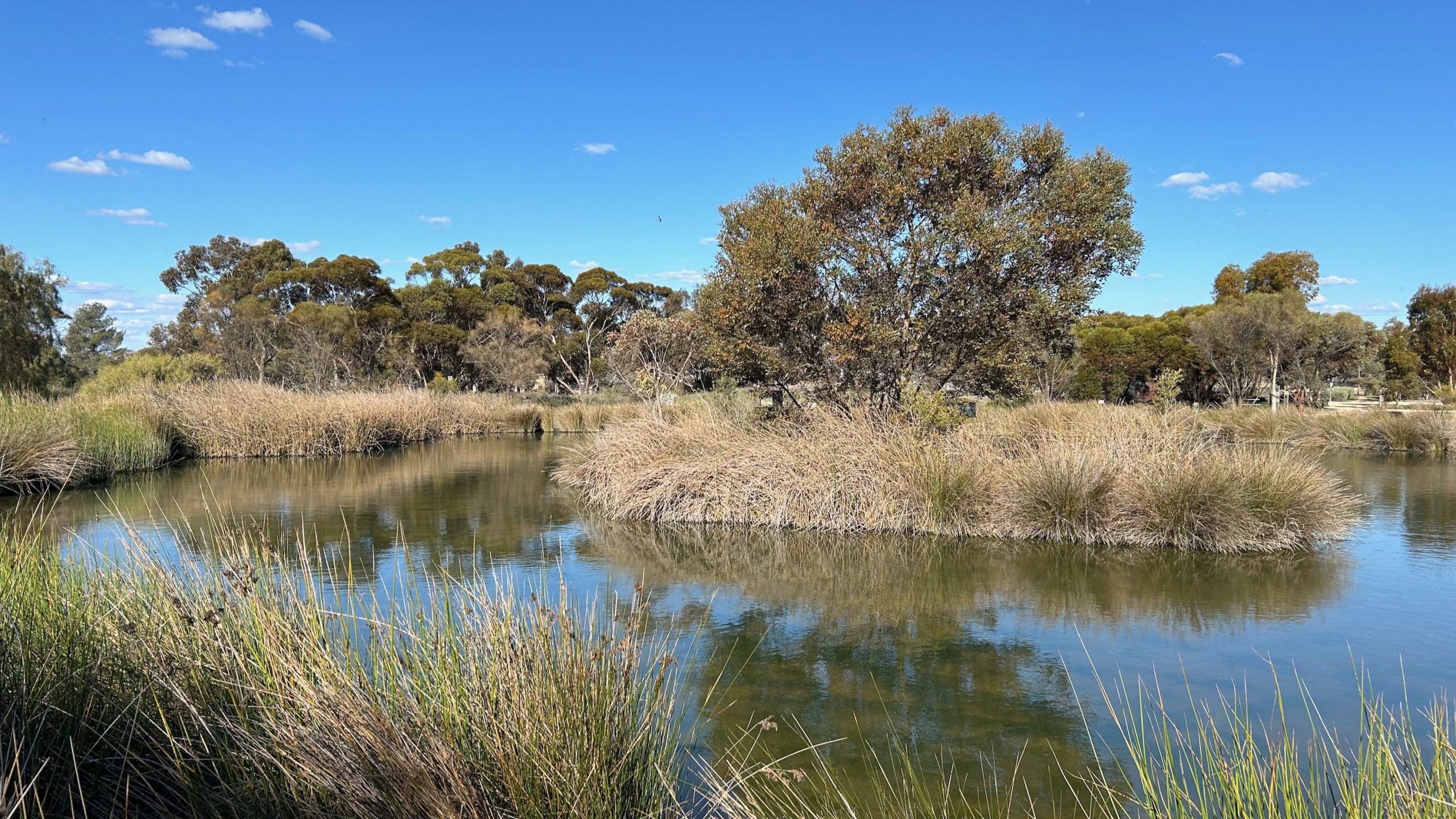
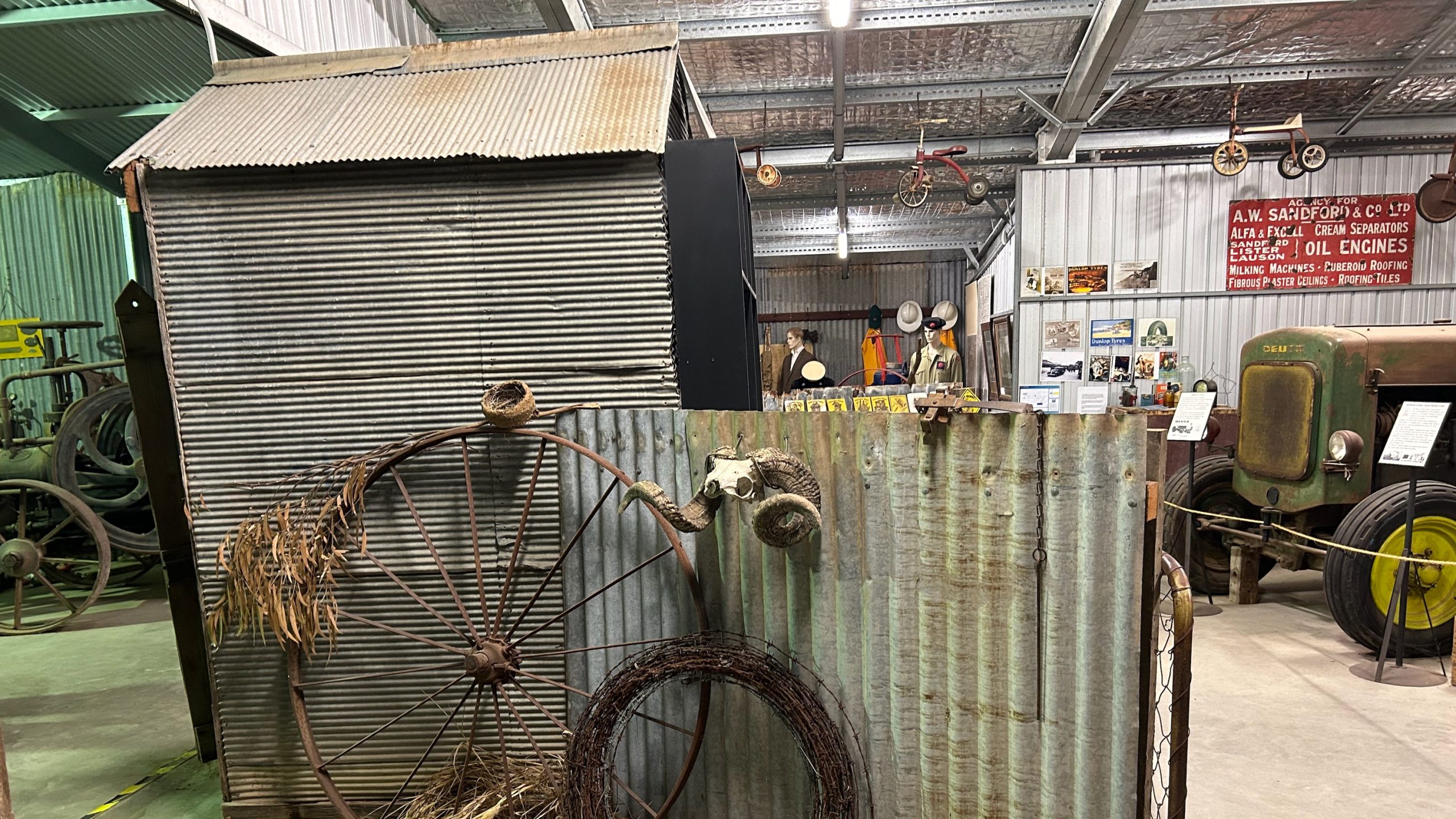
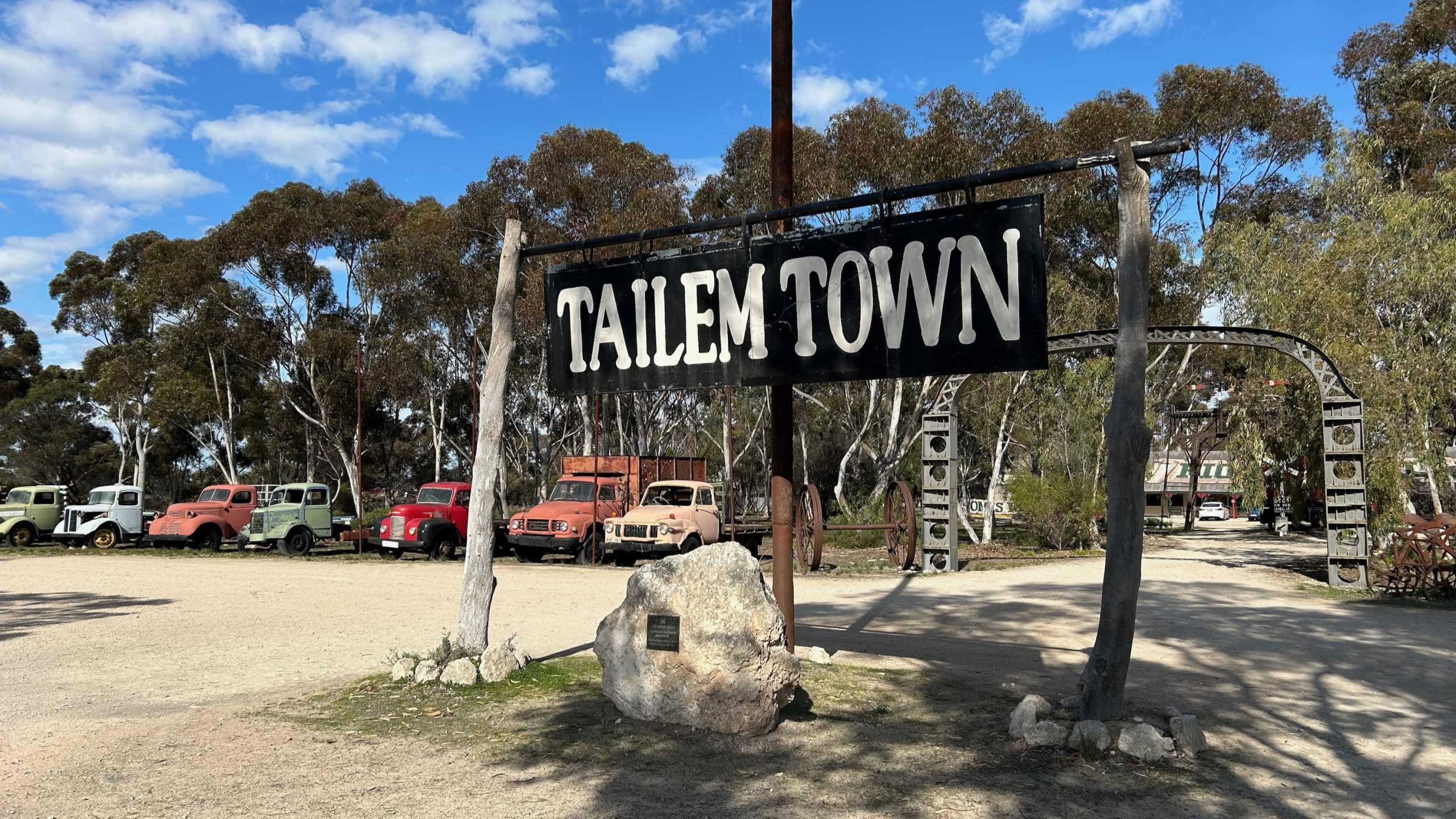

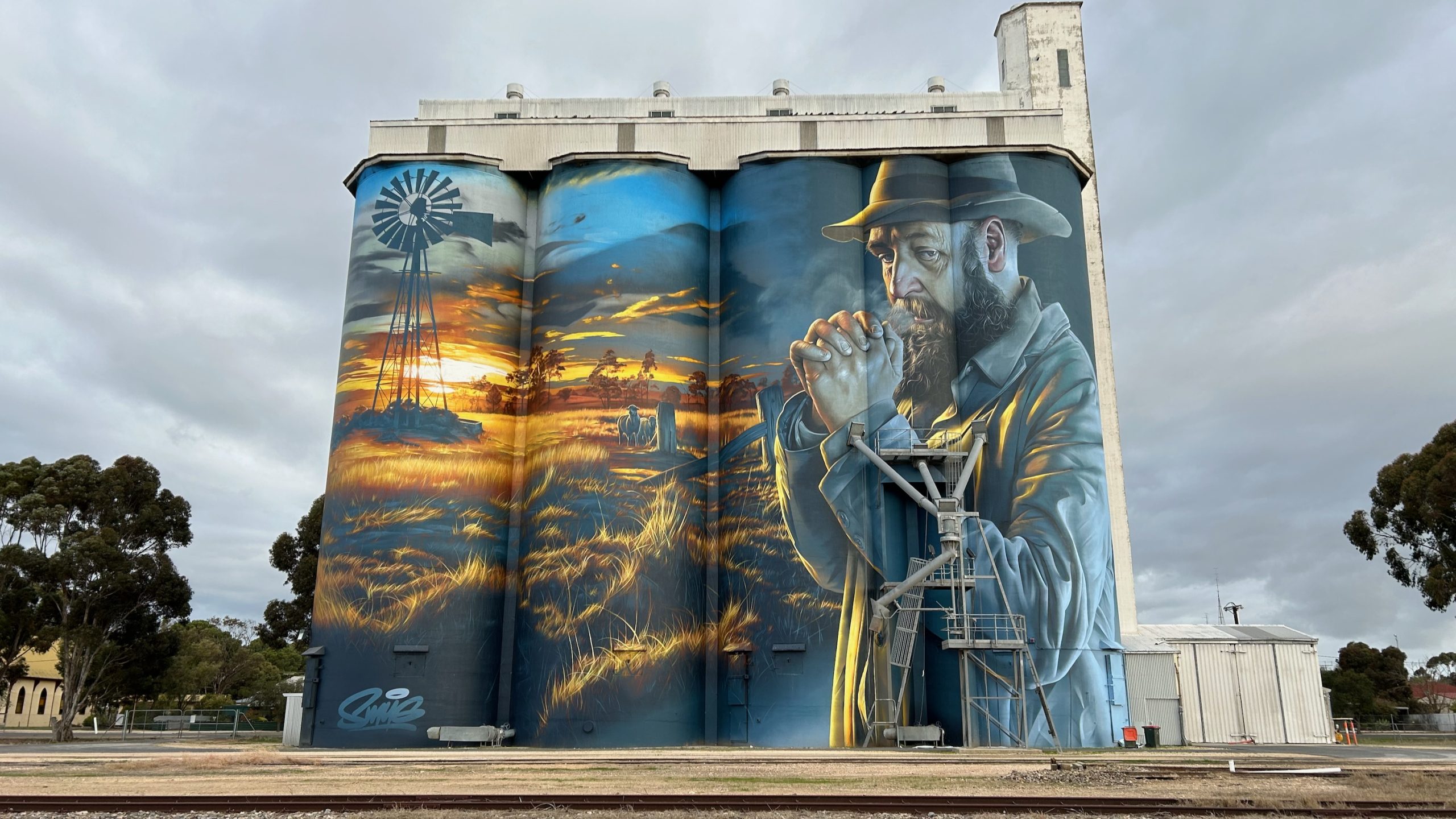



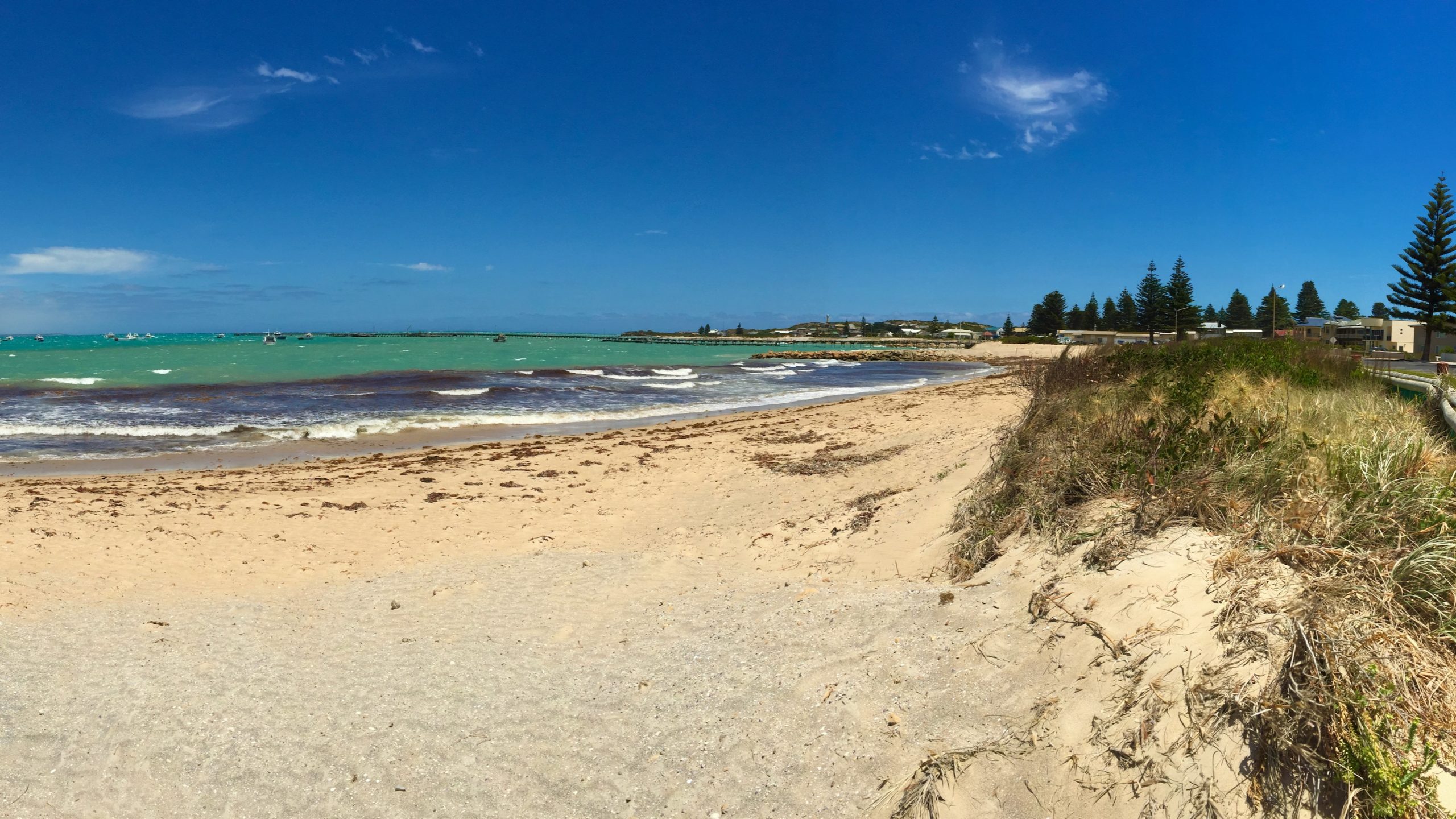
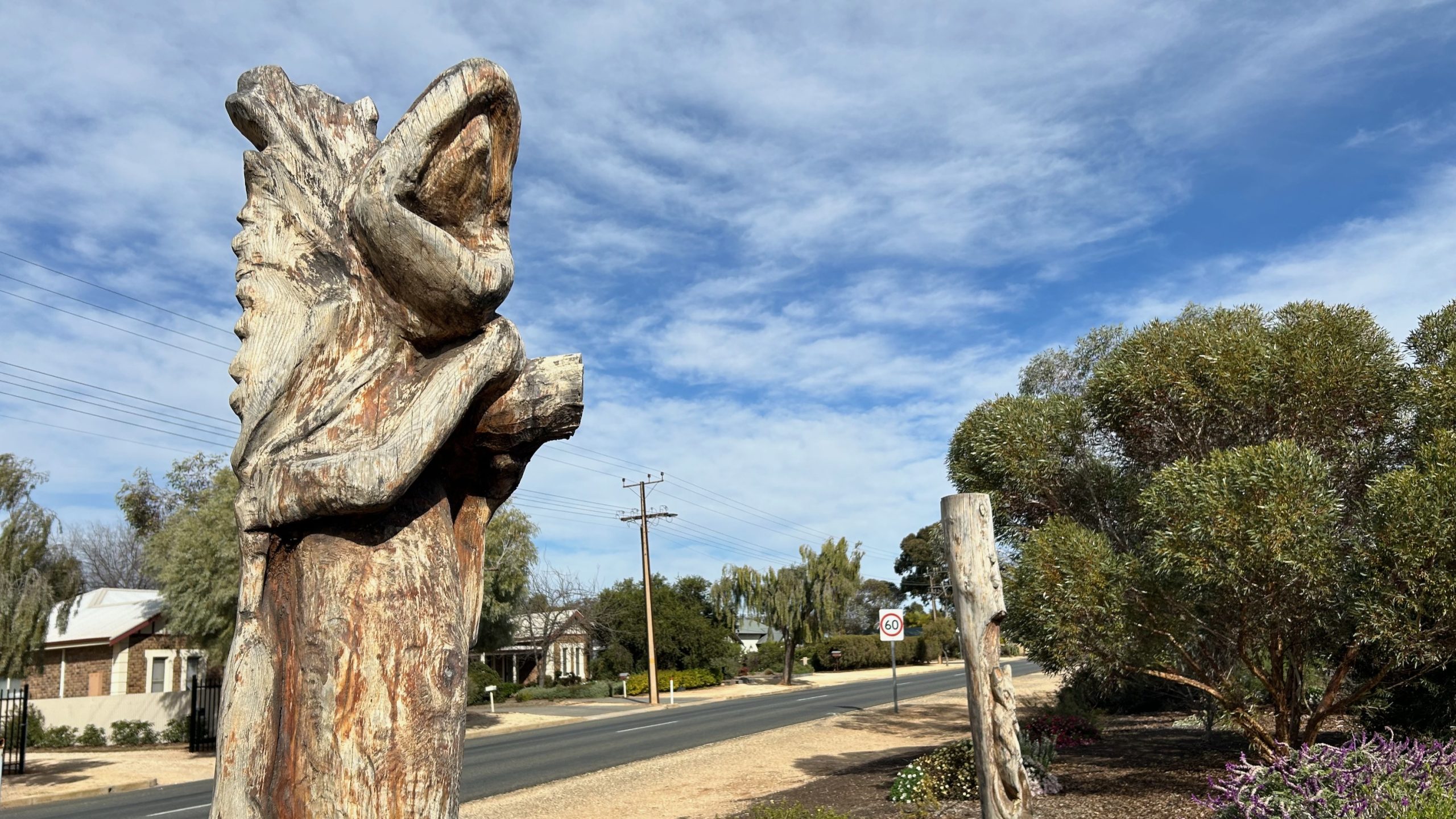
Leave A Comment